Explainer: What makes Iran’s Fattah hypersonic missile – used in Op. True Promise III – lethal
By Press TV Website Staff
In the eleventh phase of True Promise III, early on Wednesday, the Islamic Revolution Guards Corps (IRGC) announced that the advanced Fattah supersonic missile was used against the Zionist entity with incredible success.
The first-generation missile, it said, successfully penetrated much-hyped Israeli air defenses and delivered a powerful message to the regime and its war-mongering Western allies.
The IRGC described the latest phase of the multi-pronged operation as a "turning point," saying the deployment of first-generation Fattah missiles marked “the beginning of the end” for Israel’s “mythical” missile defense systems.
“The powerful and highly maneuverable Fattah missiles repeatedly shook the shelters of the cowardly Zionists tonight, sending a clear message of Iran’s strength to Tel Aviv’s warmongering ally, which continues to dwell in delusions and false assumptions,” it noted.
The statement hastened to add that the missile barrage proved Iran now holds complete dominance over the skies of the occupied territories and that Israeli settlers remain utterly defenseless against the Islamic Republic’s precision strikes.
What is Fattah and when was it unveiled?
Fattah, the first domestically-built hypersonic ballistic missile, was first unveiled in June 2023, paving the way for Iran’s entry into a small but powerful club of four countries to accomplish such an extraordinary feat.
The unveiling ceremony in Tehran was attended by then-Iranian President Ebrahim Raeisi and several high-ranking military officials, including the former chief commander of the IRGC, Major General Hossein Salami, and former IRGC aerospace commander Brigadier General Amir Ali Hajizadeh – both martyred on June 13 in Israeli aggression.
Fattah (literally "the opener") has been named by the Leader of the Islamic Revolution, Ayatollah Seyed Ali Khamenei himself. It is a precision-guided two-stage solid-fueled rocket with a range of 1,400 km and a terminal speed of Mach 13 to 15.
This speed, along with movable nozzles that allow the missile to maneuver in all directions both in and out of the Earth's atmosphere, makes it immune to interception by all existing anti-missile systems.
Describing the production of the new-generation missile as a "giant leap" in Iran’s missile industry, Brigadier General Hajizadeh, during the unveiling ceremony two years ago, said the missile has undergone all tests without any issues.
He hastened to add that Fattah “cannot be destroyed” by any missile defense systems and its range is determined to be 1,400 kilometers.
Before Iran, only three countries had mastered the technology to manufacture operational hypersonic missiles, namely Russia, China and India. Their models differ in launch platforms, range, payload, and hypersonic technology itself.
Very few other countries, including the United States, have long-term hypersonic development programs; however, to this day without success or operational deployment.
For example, the 2024 budget for the US Air Force only included provisions for technological development, but not for buying or fielding hypersonic missiles.
Taking into account the presented model and specifications, the Iranian Fattah missile differs from all existing operational or developing hypersonic missiles.
Then-president Ebrahim Raeisi, speaking during the unveiling ceremony, commended the country’s remarkable progress in the military arena and said the missile industry has become “indigenous” and cannot be affected by saber-rattling.
He further noted that the military progress is “a source of security and peace” for the region.
How did the world react to Fattah?
In recent years, Iranian technological achievements have been met by denial or ridicule in the Western media; however, reactions were much more measured and balanced when the Fattah missile was unveiled in June 2023.
Iranian drones, once described as "useless toys" by the Western media and so-called military experts, today have become a source of consternation for the West, with the US slapping a series of sanctions on Iran.
Iran's homegrown radars and anti-aircraft systems were also the subject of ridicule until June 2019, when the most sophisticated US RQ-4A Global Hawk surveillance drone was shot down by the 3rd Khordad system. The US response was also to impose more sanctions.
In response to the unveiling of Fattah, the US Department of the Treasury sanctioned a network of seven individuals and six entities in Iran, China, and Hong Kong, citing links with Iran’s ballistic missile program.
Israeli regime’s then-minister of military affairs Yoav Gallant tried to downplay the significance of Fattah, claiming that "Israel would always have a solution to counter it."
Radio Free Europe, a Western propaganda outlet, cited an “expert” as saying that Fattah “does not appear to be as sophisticated as the hypersonic missiles that the US and China have developed”.
The report cited another “expert” as saying that there are "questions as to whether it is really capable of accurately hitting its target at the very high speed that has been claimed."
Military strategists the Press TV website spoke to said these so-called “expert comments” about Iran’s first hypersonic missile “show that some Westerners continue to live in denial” about Iran’s military power, which has “grown tremendously in the face of sanctions”.
Where does Iran’s missile, drone industry stand?
Despite draconian and illegal sanctions for decades, Iran’s military has made remarkable advancements, indigenously producing world-class drones, missiles, and fighter jets capable of striking distant targets with surgical precision.
Importantly, the Islamic Republic of Iran has never initiated an attack on any country. Its formidable arsenal is strictly maintained for defensive purposes.
For retaliatory operations, Iran possesses a diverse and sophisticated array of military technology designed for precise long-range strikes, proven effective whenever deployed.
Iran possesses one of the largest missile arsenals in the world and the largest in the region, comprising ballistic, quasi-ballistic, cruise, and hypersonic missiles developed under sanctions and embargoes.
Unlike most countries that rely heavily on air power, Iran has concentrated its long-range military capabilities on ballistic missile technology over the past decades.
Although hypersonic technology is extremely sophisticated, as it involves advanced rocket engines, materials resistant to high temperatures, and complex guidance, it is evident from the statements and reactions that there is no skepticism about Fattah’s capabilities.
Iran has presented the improved Fattah-2 model as well. While its first stage remains the same as the initial version, the second stage features a different warhead design.
The Fattah-2's solid fuel booster carries a gliding warhead, creating a new classification in this field: Hypersonic Cruise Glide Vehicle (HCGV).
The Fattah-2 has a range of 1,400 km, a length of about 12 meters, and a weight of up to 4,100 kilograms, with a second stage weighing 500 kg, of which 200 kg is the explosive charge.
Iran has considerable experience with high-precision ballistic missiles, proven in practice against terrorist bases in Iraq and Syria, as well as against moving targets in the Persian Gulf.
True Promise III: No respite as Iran unleashes Shahed-136 drones on Tel Aviv, Haifa
How Iranian missile struck at the heart of Israeli cyber empire in Beer al-Sabe
Grand Imam of Al-Azhar slams aggression against Iran by Israel and its backers
Iran exercising its legitimate right to self-defense, FM Araghchi tells E3 counterparts
Israeli attack on ambulances, enabled by world's silence, amounts to 'war crime': FM spox
Iran's missile, drone barrage hits Israeli military sites, command and control hubs
Third hospital in Tehran deliberately targeted in a week of Israeli aggression
Iranians rally nationwide in support of armed forces amid Israeli aggression



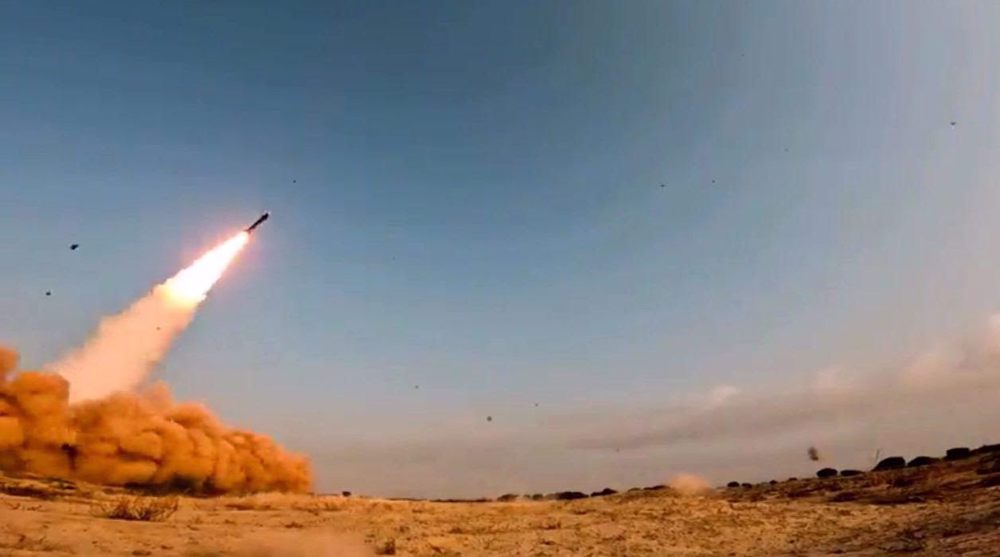
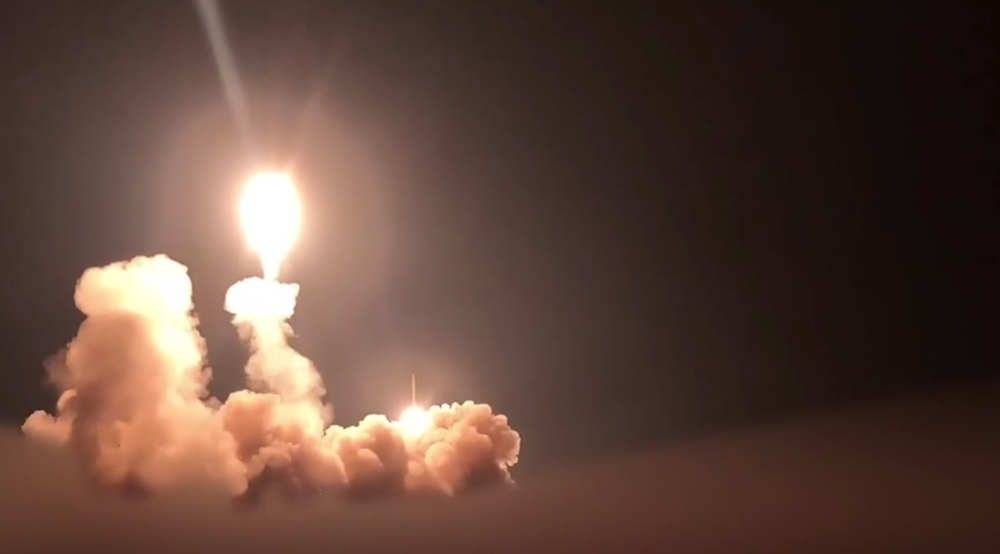
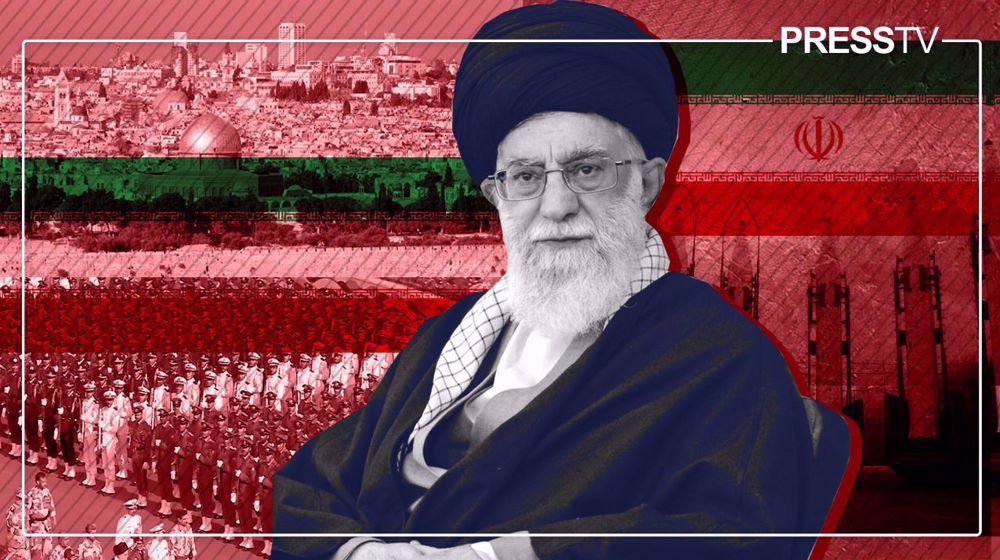
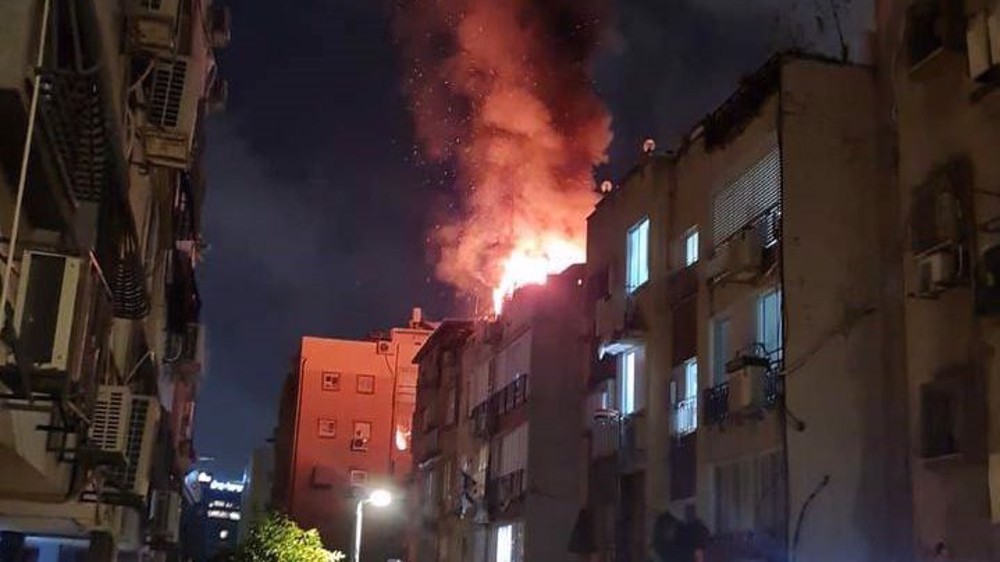

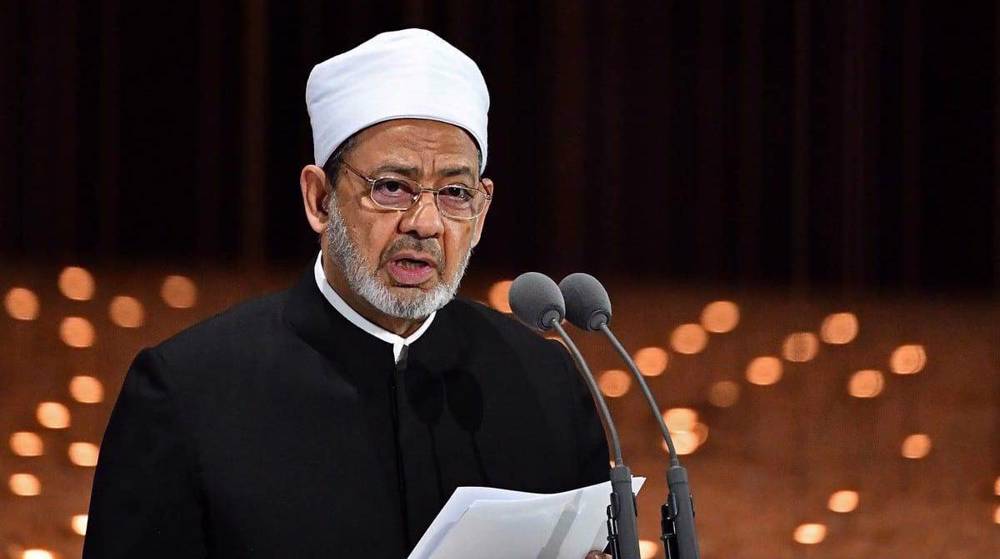




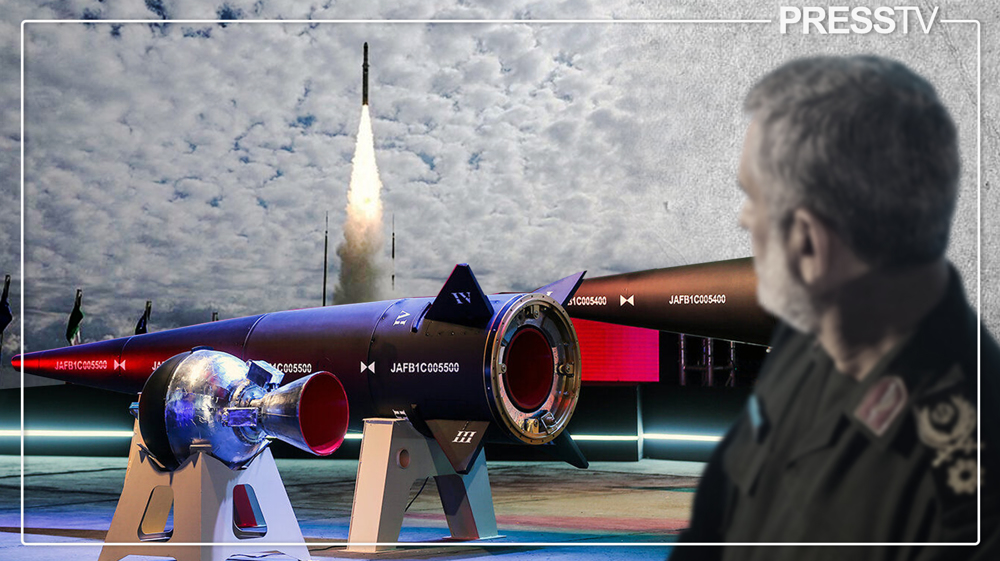
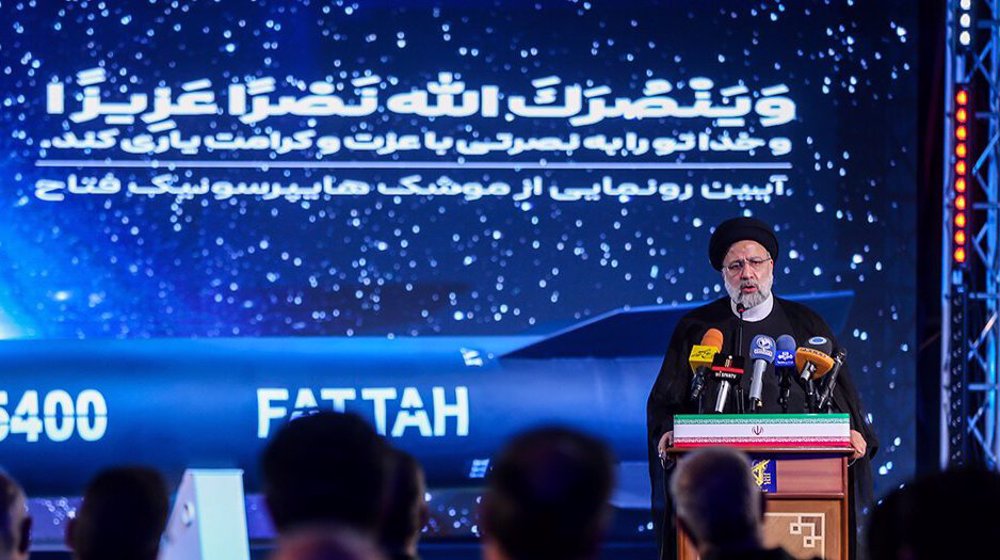

 This makes it easy to access the Press TV website
This makes it easy to access the Press TV website